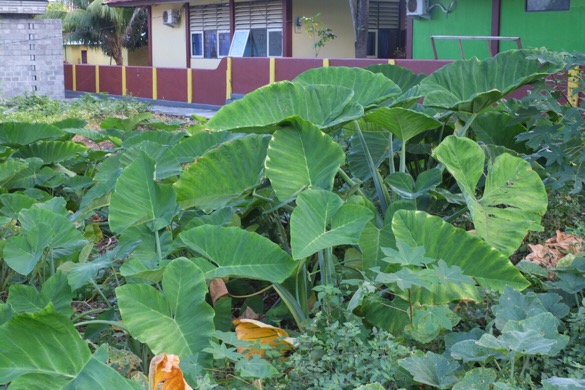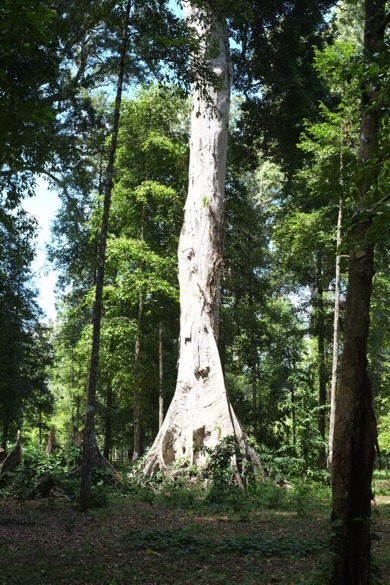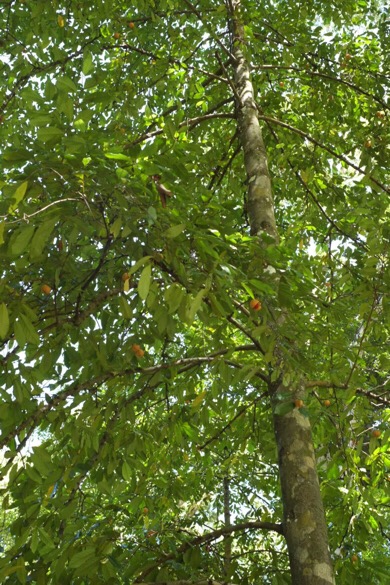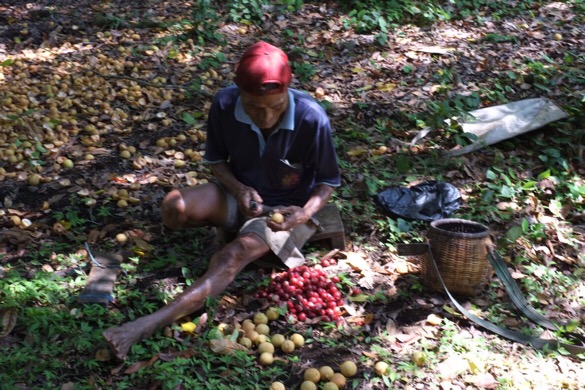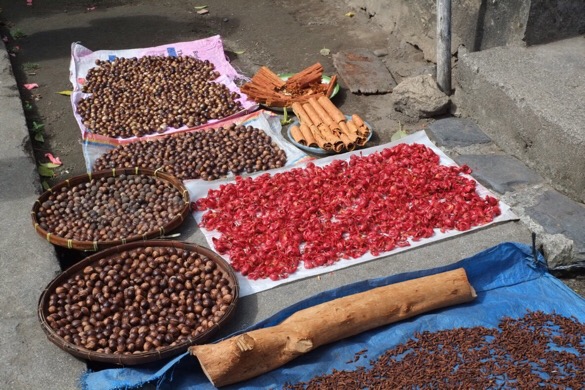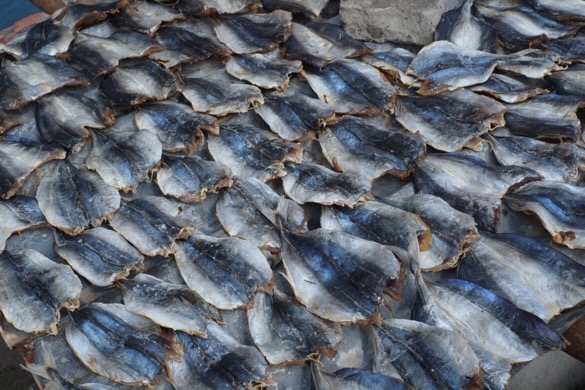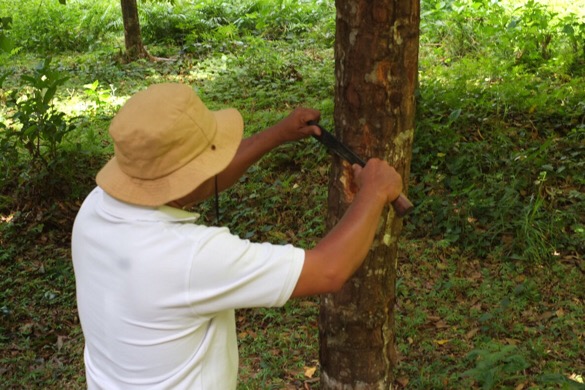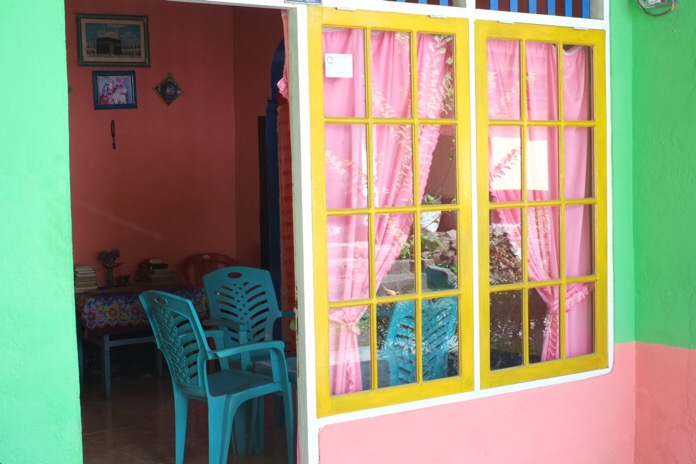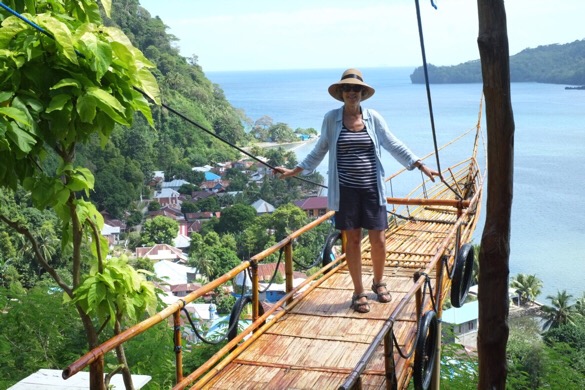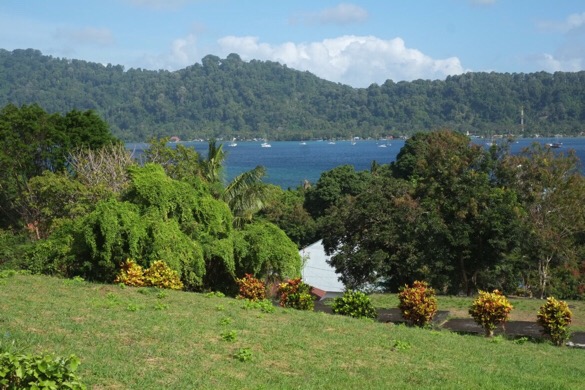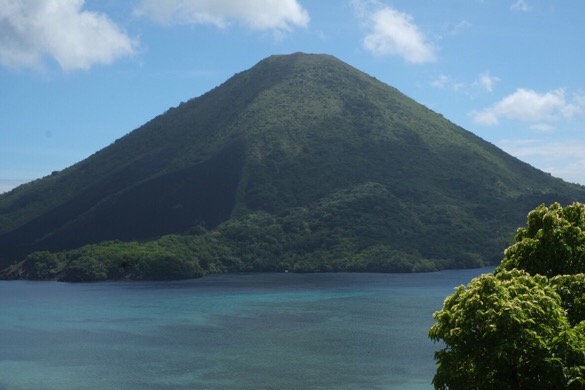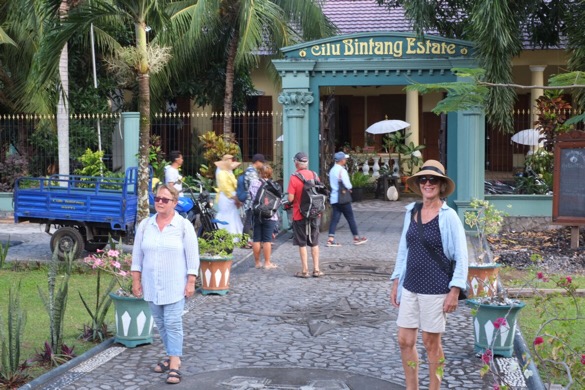Banda Island

Vega
Hugh and Annie
Sat 10 Aug 2019 04:12
Since understanding that we have been showing apparent wind speed we have realised that the wind has been stronger than we had thought. This makes us more nervous about raising the cruising chute, particularly in gusty conditions. On our sail to Banda we were with Hakuna Matata, another 37ft boat, that has a larger genoa than us and as a result they sail slightly faster when both of us are flying just a genoa (we really could do with our 150% overlap genoa that is languishing in the UK). We found that we can compensate for this by poling out the staysail and the combination of staysail and genoa gives a nice downwind configuration and matches our speed with Hakuna Matata. That is until Ingvar and Tuija unfurl their staysail also. Not wishing to be left behind we put up the cruising chute, left the staysail poled out and forged ahead! Overnight we dropped the staysail but, for the first time ever at night, left the CC up. All was well until 0200 when I heard a yell from the cockpit and Vega rounded up into the wind in response to a sudden increase in the wind speed. We managed to furl the CC, unfurl the genoa (as the wind dropped of course) and felt more comfortable, albeit at a lower speed. Later that morning we were called up on the VHF by Penn Station, another rally yacht, that had overtaken us during the night and was wondering if we had seen them on AIS as they had been having a problem with their AIS transmission. We hadn’t. They had been flying their cruising chute at the same time as us, suffered the same wind increase but their chute had split and is now in need of major repair. We were glad that our hydrovane is overwhelmed in big gusts.
As we approached Banda we were informed that the more sheltered but deeper anchorage was full and indeed most yachts showing on the AIS were anchored in a more exposed location to the south. We joined them but after five or six attempts to set our anchor on the hard, corally sand were beginning to regret our decision. We headed farther inshore to shallower water where we could see the bottom and found an area of sand patches, one of which we could select to place the anchor on. We are getting noise from the chain rubbing on coral (very disconcerting in the front cabin which acts like a sound box) and I spent one windy night on anchor watch in the saloon.
The anchor seems secure in its patch of sand at 7m depth (our neighbour has dived on it a couple of times) but the downside is that we are the farthest boat from the main island and its activities. It takes 20 minutes or so to get across in the dinghy and in the breezy conditions yesterday afternoon we were two drowned rats that eventually got back on board. Nevertheless we have been on a spice tour through beautifully neat and colourful villages where spices - nutmeg, mace, clove, almond and cinnamon - still form the mainstay of the local economy for many people. There is plenty of evidence of the Dutch colonial past and both preserved and overgrown ruins form an exotic backdrop to the experience of being here. As a tourist you could visit these islands and spend a very comfortable and interesting week or two here.
Cassava - a staple food in the tropics. Although the leaves are eaten it is actually the large root that is the most important part
An almond tree (apart from producing almonds also provides shelter for the smaller nutmeg trees)
Nutmeg tree
Splitting off the husk to reveal the nutmeg with its outer red lattice of mace
Nutmeg, mace, cinnamon and cloves
Cinnamon is the bark of the cinnamon tree
Village houses are brightly painted both inside and out
Our anchorage at Banda
Last erupted in 1988
Banda Fort (the book Nathanial’s Nutmeg is a good read about the British and Dutch conflict over the Spice Islands)
Colonial estate house now a comfortable hotel
